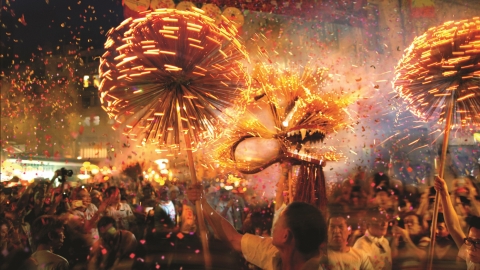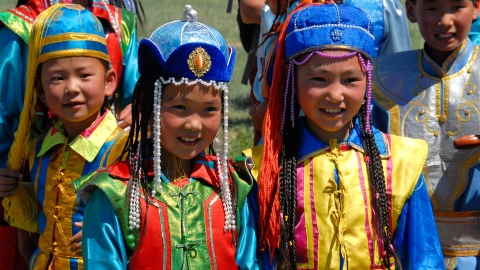What is Qingming Festival?
Qingming Festival (Qingming Festival) is a concept in the calendar of Eastern countries influenced by ancient Chinese culture. This is one of the twenty-four solar terms in a year, calculated according to the calendars of China, Taiwan, Vietnam, Japan, and Korea. Because the Chinese calendar, as well as ancient Vietnam, is mistaken by many people as a purely lunar calendar, many people believe that it is calculated according to the cycle of the Moon revolving around the Earth.
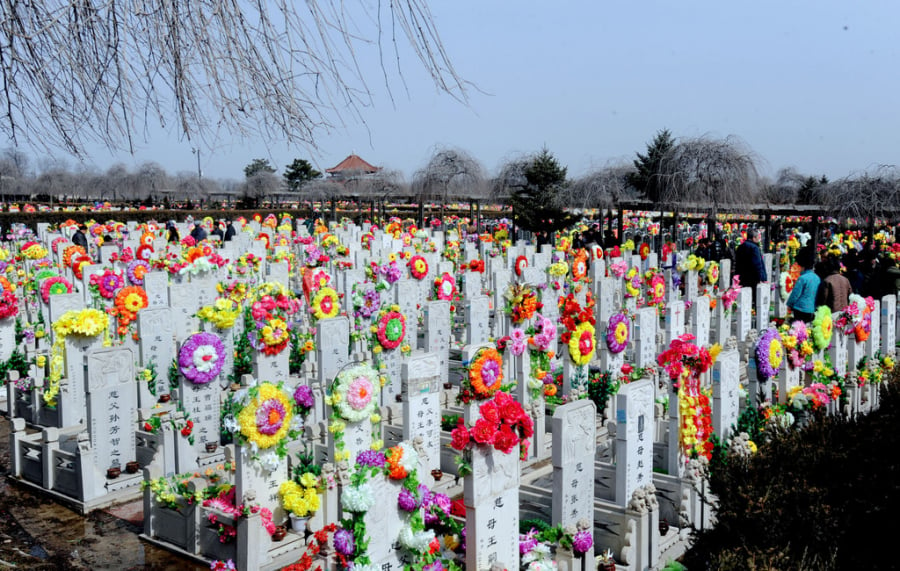
In fact, the ancient Chinese calendar is a type of lunisolar calendar, so if we explain it in terms of today's modern calendar (Gregorian calendar), it is calculated according to the position of the earth in its orbital cycle around the sun. If the vernal equinox is considered the origin (the Sun's longitude is 0°), then the point where the Qingming festival occurs or begins is the Sun's longitude is 15°.
Therefore, the Qingming festival is actually calculated according to the modern solar calendar according to the convention that the Qingming festival comes 60 days after the beginning of spring and 105 days after the winter solstice, meaning the Qingming festival starts around April 4 or 5 (when the spring equinox ends) and ends around April 20 or 21 of the solar calendar.
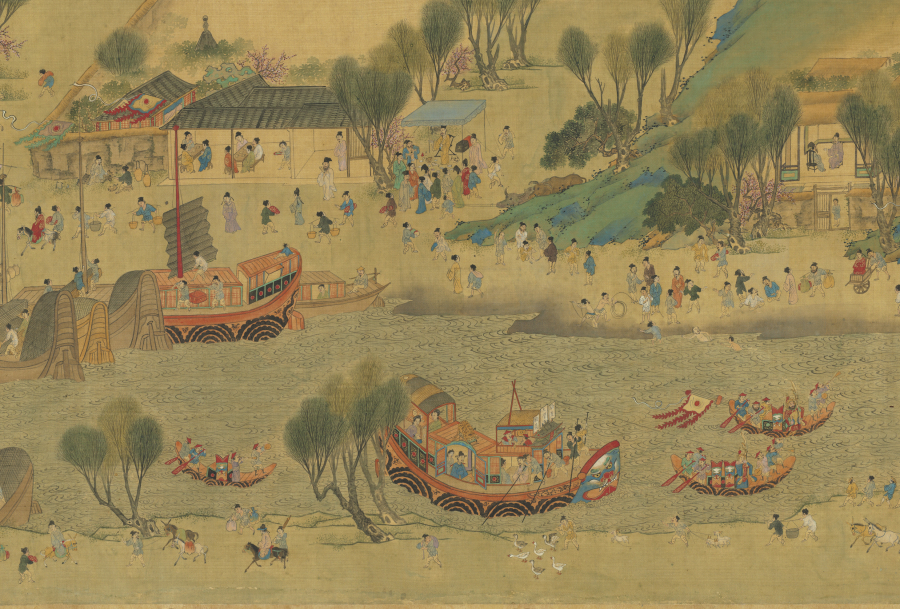
An ancient Chinese painting about Qingming Festival
The word “Qingming” is also interpreted according to this period of time, “Qing” means clear, “Minh” means bright. Therefore, the Qingming festival means the period of time when the weather is clear and pure. The first day of this festival is called Qingming festival. So how is Qingming festival different in some Asian countries and what special customs are there?
Vietnam
For Vietnamese people, Thanh Minh festival is an occasion for descendants to turn to their ancestors and roots. No matter where they go, on Thanh Minh festival, they try to return to their families to visit graves and sit together around a family reunion meal. The graves are cleaned by family members and new soil is added, which is the virtue of the living towards the deceased.
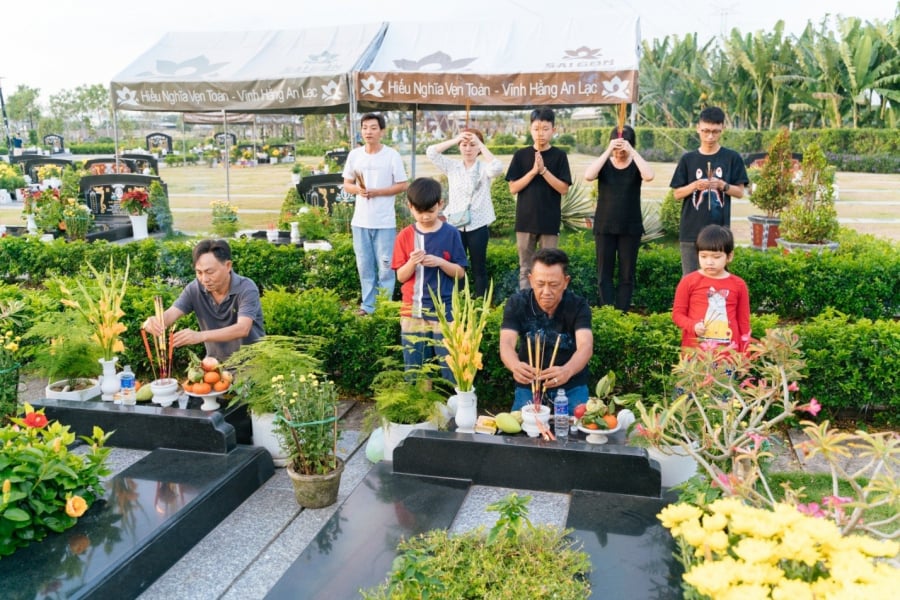
The main job of tomb sweeping is to clean the graves of ancestors. On Qingming Festival, people bring shovels and hoes to fill the graves, remove all weeds and wild plants growing on the graves, and prevent wild animals such as snakes and rats from digging holes and making nests, which are believed to offend the souls of the deceased. After that, the tomb sweepers light a few incense sticks, burn votive paper, place a bouquet of flowers on the graves, and then go home to prepare offerings to their ancestors.
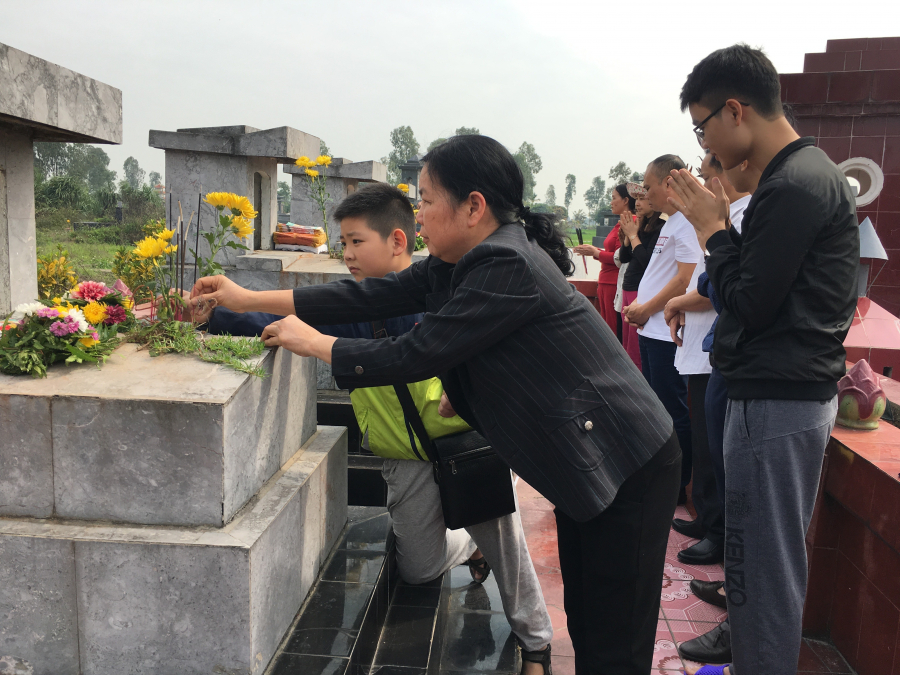
During the ceremony, the sons of the family will usually pray at the graves. Meanwhile, children often follow to show respect to their ancestors. On this day, people who live far away often return to their hometowns to visit the graves and reunite with their families as a beautiful Vietnamese cultural trait that demonstrates the morality of remembering the source of water.
China
The Chinese also call the Qingming Festival the Three-Month Festival with more than 2,500 years of history. After the traditional Chinese New Year, the temperature usually gradually increases, there is more rain, spring plowing and sowing are very suitable and convenient, so the Chinese also consider this an important early spring ritual, seen as a connection between sadness and hope.

Therefore, on this day, Chinese people often organize cultural activities to connect love between family members, especially traditional folk games such as: playing soccer or flying kites, rowing boats, lighting lanterns. Qingming Festival is also an occasion for Chinese people to enjoy spring, men and women meet, and enjoy flowers. Regardless of day or night, people together fly kites in the sky with the wish to bring peace for a harmonious new year.

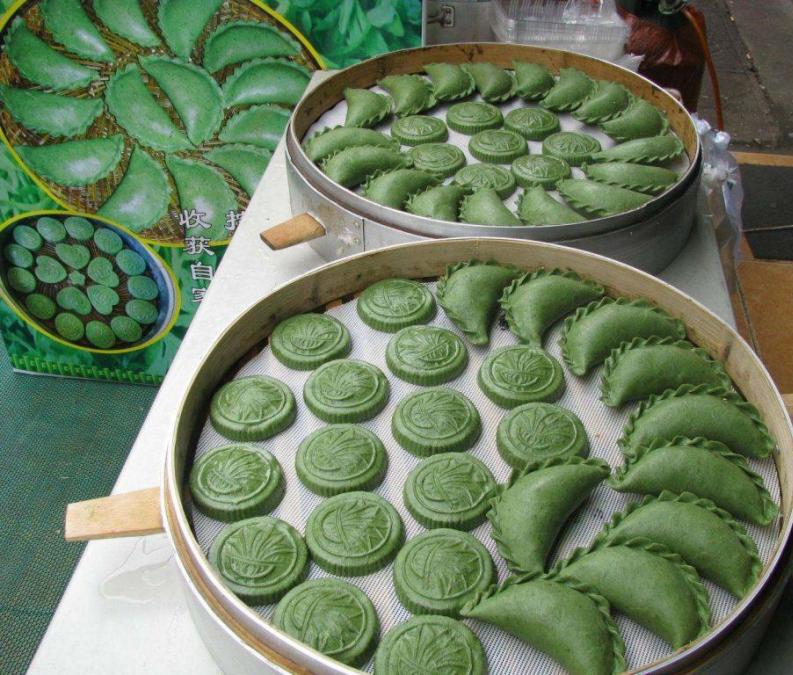
In terms of cuisine, Chinese people often have the custom of eating Qingduanzi cakes on this occasion. This is a type of rice cake, with a filling made from mung bean flour mixed with sugar and small pieces of lard. The whole family will gather around the table and enjoy steaming hot Qingduanzi cakes.
Japan
According to historical records, Qingming Festival has been widely celebrated in Japan since the 8th century and officially became a national holiday since 1868. In Japanese, Qingming Festival is called Shunbun-No-Hi (Higan), usually taking place for a week from around March 18 to March 24.

According to the Japanese concept, “hi” in higan means the other side, “Gan” is the shore used to refer to the other side of the Western Paradise. Higan is nirvana or also known as “Pure Land of Ultimate Bliss” – a pure land, a place that Buddhists always wish to go to after this life. On the middle day of the Qingming Festival – the sun will rise in the East and set in the West – right in front of the Eastern gate of the Pure Land. This is the best time of the year for sentient beings to turn to the West to pray for the souls of their ancestors on the way to rebirth to be saved by the Buddhas and freed from the cycle of reincarnation.
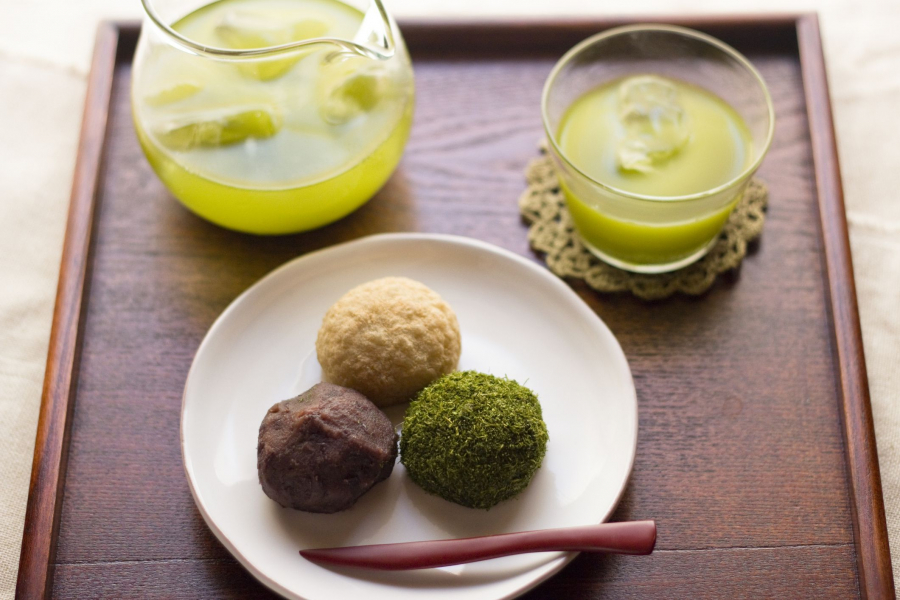
The typical cake during Qingming Festival in Japan is botamochi.
According to custom, Japanese people will clean graves, offer flowers, incense, cakes and sake. The typical cake on this day is botamochi (called ohagi on the summer solstice), a soft, slightly sweet sticky rice cake that is rolled into a ball and then covered with a layer of sweetened red bean paste.
In addition to visiting their ancestors’ graves, Japanese people often go to temples and shrines on these days to pray for happiness and peace in life. In that bustling scene, there are families wearing traditional clothes, girls wearing kimonos holding a beautiful wooden box in their hands…
Korea
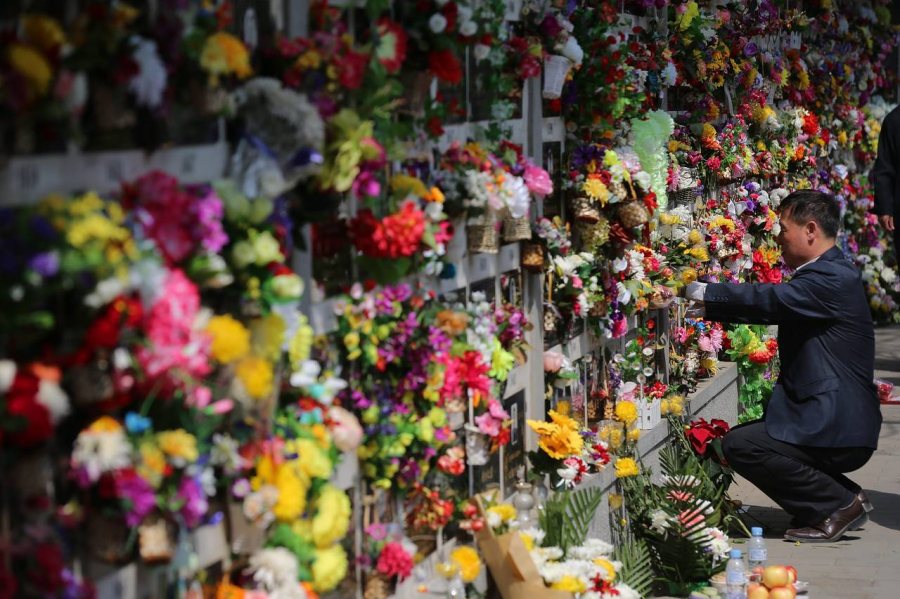
Unlike Vietnam or China, Korea also has the Qingming Festival to visit the graves to pay respect to ancestors, but this grave-sweeping activity in Korea is held at the same time as the Choseuk Mid-Autumn Festival. Koreans take Chuseok very seriously because this is an occasion for them to express gratitude and filial piety to their ancestors. Therefore, the most important thing that Korean families often do on this holiday is to visit the graves and offer their ancestors a small offering, including fruits, grains and harvested products.


After completing the memorial rituals, all family members will gather together to enjoy the main meal of the occasion such as taro soup, songpyeon rice cakes, baijiu wine...

























